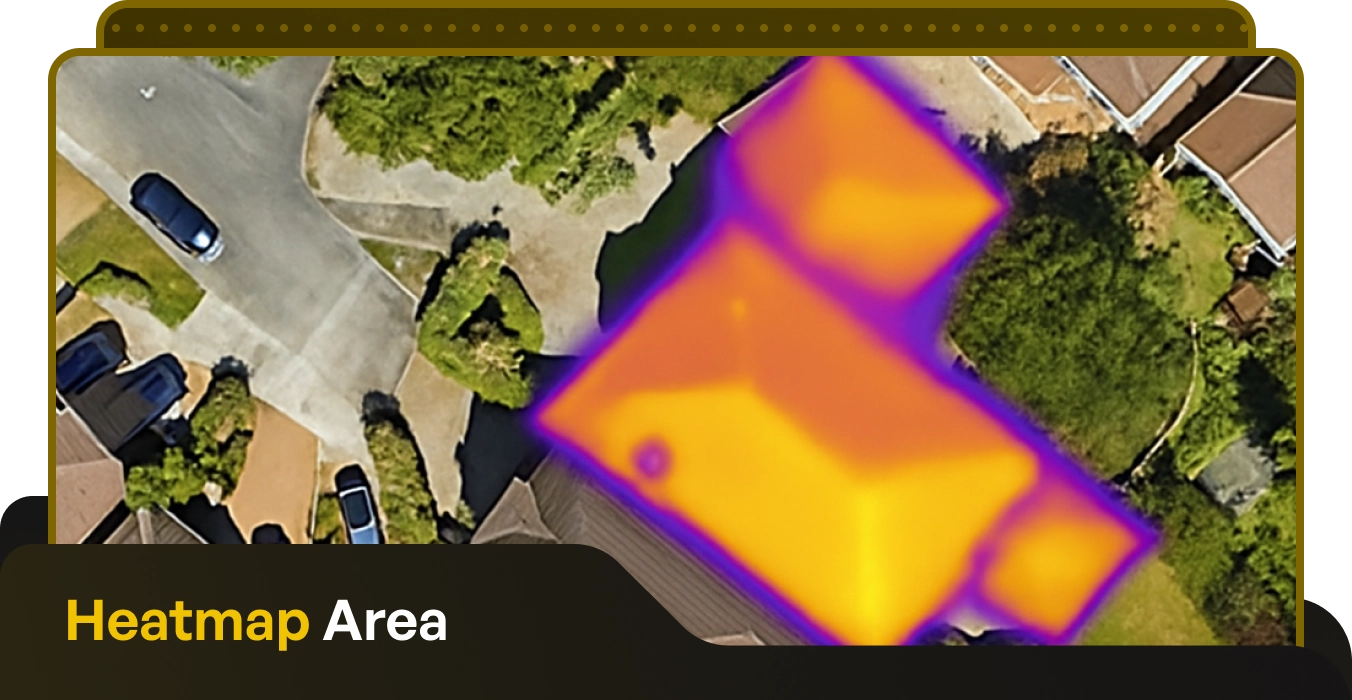Table of Contents
How Does Ten Days Without Sun Affect Solar Power?

Written by: Briain Kelly
Published: February 20, 2025
Last updated: October 8, 2025
Reading time: 2 mins
A long gloomy streak in Dublin has come to an end this week after a record breaking eleven days without any sun. But what will this sunless time have meant for households with solar panels, and what can you do to compensate for gloomy weather?
For eleven days straight Dublin did not record any hours of sunshine, a streak which hasn’t been matched in the county for several decades.
Ireland typically gets anywhere from 1,100 to 1,600 hours of sunshine per year, with May and June as the sunniest months and December as the darkest.
During the height of the summer Ireland can usually expect 5 to 6.5 hours of sunlight each day. In December this might fall as low as 1 to 1.5 hours each day. We’re moving away from the darkest parts of winter, but it’s still far from summer weather.
While solar panels don’t require direct sunshine in order to produce power, heavy cloud cover and shading will reduce their output to a minimum.
People in Dublin have likely been seeing power production far below what they might expect, even at this time of year.
The longest recorded stretch Ireland has even gone with no sunshine was 16 days, which has happened three times, “at Belmullet, Co Mayo, in September 1956; and more recently at Cork Airport in December 2018, and January 2019,” according to a spokesperson for Mét Eireann.
Dealing With No Sunshine If You Have Solar Panels
When there is little light to work with there are things which can be done in order to squeeze the most out of any solar PV system.
One good idea is to have a solar PV system which is oversized for your needs on many typical days. A solar PV system should ideally be sized to be able to produce at least 50% of your home’s electricity consumption, but the only real limit is the amount of roof space available.
The kWp rating of any given solar PV system will tell you what its maximum potential output is, but this doesn’t take into account environmental conditions.
With the prices of solar panels at an all time low, anyone thinking of investing in solar PV should consider getting as many solar panels as they can fit on their roof.
Installation costs now make up a lion’s share of the bill for rooftop solar PV as opposed to the panels themselves, meaning there is only a moderate increase in price by getting a larger system installed.
Having 10 solar panels installed, a 4.4kWp system, will cost approximately €6,000 to €6,600 in 2025. Getting 16 solar panels instead, a 7.04kWp system, will cost between €7,700 and €8,700.
Increasing the number of solar panels on your home by more than 50% only comes with a moderate increase in the overall bill, and will rapidly reduce the payback period of the system.
Getting more solar panels on your roof will make it easier to squeeze as much power as possible from overcast or nearly sunless days when each individual panel is making little electricity overall.
Another option for low sunlight days is to have a solar battery installed along with your panels. This will cost roughly €1,700 to €2,400 in most cases depending on the battery used.
Having a solar battery will ensure that any power made by your solar PV system on a day with little sun will not go to waste if there is no one in the house to use it.
Impact on Utility Scale Solar
Many of Ireland’s largest utility scale solar farms operational today are also concentrated in the counties around Dublin, and will also have been affected by the recent lack of sunshine.
This prolonged period without sunshine will have seriously reduced their power output, likely forcing greater use of gas power plants to make up for the shortfall.
Large scale Battery Energy Storage Systems (BESS) can help with the intermittent nature of wind and solar renewable energy. While power output is high from days of good weather or high winds, more than the grid can handle at the time they can store that power to be used later when production levels drop.
How Does Ten Days Without Sun Affect Solar Power?
Published: February 20, 2025
Last updated: October 8, 2025

Written by: Briain Kelly
Reading time: 2mins
A long gloomy streak in Dublin has come to an end this week after a record breaking eleven days without any sun. But what will this sunless time have meant for households with solar panels, and what can you do to compensate for gloomy weather?
For eleven days straight Dublin did not record any hours of sunshine, a streak which hasn’t been matched in the county for several decades.
Ireland typically gets anywhere from 1,100 to 1,600 hours of sunshine per year, with May and June as the sunniest months and December as the darkest.
During the height of the summer Ireland can usually expect 5 to 6.5 hours of sunlight each day. In December this might fall as low as 1 to 1.5 hours each day. We’re moving away from the darkest parts of winter, but it’s still far from summer weather.
While solar panels don’t require direct sunshine in order to produce power, heavy cloud cover and shading will reduce their output to a minimum.
People in Dublin have likely been seeing power production far below what they might expect, even at this time of year.
The longest recorded stretch Ireland has even gone with no sunshine was 16 days, which has happened three times, “at Belmullet, Co Mayo, in September 1956; and more recently at Cork Airport in December 2018, and January 2019,” according to a spokesperson for Mét Eireann.
Dealing With No Sunshine If You Have Solar Panels
When there is little light to work with there are things which can be done in order to squeeze the most out of any solar PV system.
One good idea is to have a solar PV system which is oversized for your needs on many typical days. A solar PV system should ideally be sized to be able to produce at least 50% of your home’s electricity consumption, but the only real limit is the amount of roof space available.
The kWp rating of any given solar PV system will tell you what its maximum potential output is, but this doesn’t take into account environmental conditions.
With the prices of solar panels at an all time low, anyone thinking of investing in solar PV should consider getting as many solar panels as they can fit on their roof.
Installation costs now make up a lion’s share of the bill for rooftop solar PV as opposed to the panels themselves, meaning there is only a moderate increase in price by getting a larger system installed.
Having 10 solar panels installed, a 4.4kWp system, will cost approximately €6,000 to €6,600 in 2025. Getting 16 solar panels instead, a 7.04kWp system, will cost between €7,700 and €8,700.
Increasing the number of solar panels on your home by more than 50% only comes with a moderate increase in the overall bill, and will rapidly reduce the payback period of the system.
Getting more solar panels on your roof will make it easier to squeeze as much power as possible from overcast or nearly sunless days when each individual panel is making little electricity overall.
Another option for low sunlight days is to have a solar battery installed along with your panels. This will cost roughly €1,700 to €2,400 in most cases depending on the battery used.
Having a solar battery will ensure that any power made by your solar PV system on a day with little sun will not go to waste if there is no one in the house to use it.
Impact on Utility Scale Solar
Many of Ireland’s largest utility scale solar farms operational today are also concentrated in the counties around Dublin, and will also have been affected by the recent lack of sunshine.
This prolonged period without sunshine will have seriously reduced their power output, likely forcing greater use of gas power plants to make up for the shortfall.
Large scale Battery Energy Storage Systems (BESS) can help with the intermittent nature of wind and solar renewable energy. While power output is high from days of good weather or high winds, more than the grid can handle at the time they can store that power to be used later when production levels drop.
Solar Energy Saves Households Thousands in Electricity Costs
Take our 2-minute questionnaire and find affordable solar options to suit your budget and lifestyle.



